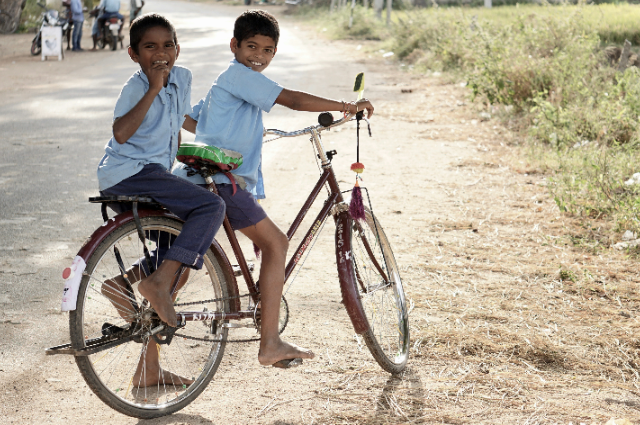
Photo by Chelsea Aaron on Unsplash
Introduction:
Extreme heatwaves are increasingly disrupting education systems worldwide, with Bangladesh serving as a poignant case study. This article explores the multifaceted ways in which scorching temperatures hinder learning opportunities for students in Bangladesh, prompting widespread school closures and exacerbating educational inequalities.
The Toll on Physical Well-being:
The blistering heat of Bangladeshi summers poses significant health risks to students and teachers alike. With temperatures frequently exceeding 40°C (104°F) and humidity levels soaring, the classroom environment becomes unbearably hot and stifling. As a result, students are more susceptible to heat-related illnesses such as heatstroke and dehydration, compromising their physical well-being and ability to concentrate.
The Burden on Academic Performance:
The oppressive heat not only takes a toll on students’ physical health but also undermines their academic performance. In sweltering classrooms, cognitive function diminishes, making it challenging for students to retain information, engage in critical thinking, and perform well on assessments. Consequently, academic achievement suffers, widening the achievement gap between affluent and marginalized communities.
Socioeconomic Disparities Amplified:
The adverse effects of extreme heatwaves on education disproportionately affect vulnerable populations, exacerbating socioeconomic disparities. In rural areas where access to air conditioning and adequate infrastructure is limited, students bear the brunt of the heatwave’s impact, leading to increased absenteeism and decreased educational attainment. Moreover, families from low-income backgrounds may lack the resources to mitigate the effects of heat stress, perpetuating cycles of poverty and educational inequality.
Infrastructure Strain and Financial Burden:
The demand for cooling facilities during heatwaves places strain on educational infrastructure and imposes a significant financial burden on schools and governments. Retrofitting classrooms with air conditioning units or installing cooling systems requires substantial investment, which may not be feasible for cash-strapped institutions. As a result, many schools struggle to provide a comfortable learning environment, further impeding educational progress.
Adaptive Strategies and Policy Responses:
Addressing the challenges posed by extreme heatwaves requires a multifaceted approach that combines adaptive strategies and policy responses. Investing in climate-resilient infrastructure, such as green roofs and natural ventilation systems, can help mitigate the impact of heat stress on schools. Additionally, implementing heatwave contingency plans, which include flexible school schedules and early warning systems, can minimize disruptions to education and safeguard students’ well-being.
Community Engagement and Empowerment:
Community engagement plays a crucial role in building resilience to extreme heatwaves and ensuring the continuity of education. By involving parents, teachers, and local stakeholders in decision-making processes, schools can develop tailored solutions that address the specific needs of their communities. Furthermore, empowering students through education on climate change adaptation and mitigation measures fosters a sense of ownership and responsibility for environmental stewardship.
Conclusion:
Extreme heatwaves pose a significant threat to education systems, particularly in countries like Bangladesh where vulnerable populations are most affected. By understanding the complex interplay between climate change, education, and socioeconomic factors, policymakers can develop holistic strategies to build resilience and promote educational equity. Only through concerted efforts to address the root causes of heat stress and mitigate its impact can we ensure that every child has access to a safe and conducive learning environment, regardless of the weather outside.
